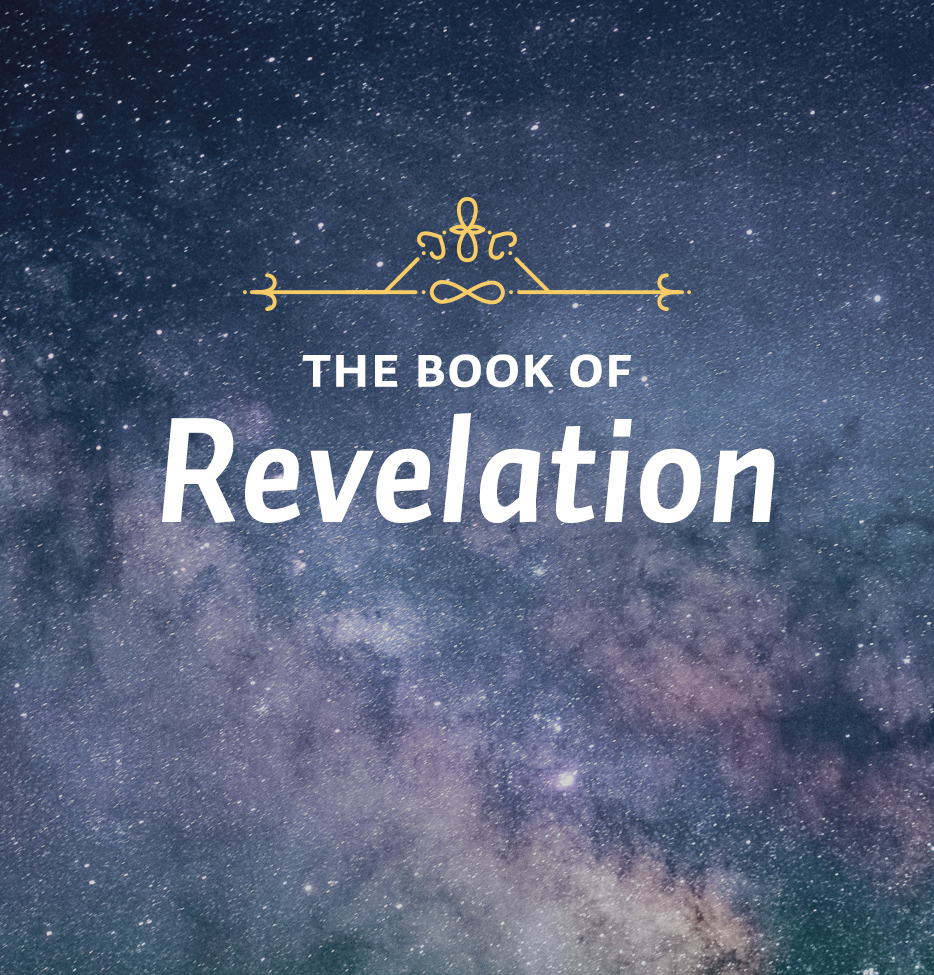The Four Horsemen of the ApocalypseRevelation 6:1-8Theme: The Lord of history.This week’s lessons teach us that God is sovereign over even the most terrible of tragedies.
LessonOne of the most disturbing movies that I’ve ever seen is Francis Ford Copula’s epic on the Vietnam War called Apocalypse Now. It describes the journey of an American officer who’s sent up river to find and eventually assassinate a renegade commander who has holed up in an inaccessible region.
Deep into the battle area, he arrives at a remote river outpost in the midst of a firestorm. Shells are exploding all around, men are being blown to pieces, and the whole scene is bathed in the red-orange glow of the exploding shells. It’s a scene right out of Dante’s Inferno. The officer, as he comes ashore, has this question. He says, “Who’s in charge here?” Nobody answers his question.
Now there are many observers of the world scene today who would say that things are out of control and there’s really nobody who is in charge. But that’s certainly not the answer that John is giving in the Book of Revelation. What John says is that God is in charge and that world events, even those that are most terrifying, are controlled by the Lord Jesus Christ who is the Lord of history.
He states this boldly in these chapters as he describes how it’s the Lord Jesus himself who takes the scroll from the hand of God Almighty and begins to break the seals. That breaking of the seals in Revelation 6 through 8 is a continuation of the scene in heaven that we have seen in chapters 4 and 5. Those chapters describe what’s going on around the throne. The scroll is there, Jesus is there – it’s in that setting that the seals are broken.
But we do have a shifting of perspective here. We move from a scene in heaven, and then to a scene on earth, then back to a scene in heaven, and then to another scene on earth. It’s a very significant way of handling this data. Although the scene we are looking at takes place in heaven, our minds are directed to earth and to what is actually happening here. As Jesus breaks the seals, the events they portend begin to unfold. As the first four seals are broken, the events they unleash are symbolized by the various-colored horses and their riders that go out from the throne of God to bring suffering to the earth.
Now these horsemen are very well known. They’re called the “four horsemen of the apocalypse.” There is an echo in this passage of two scenes from the book of Zechariah in the Old Testament, and certainly John had this in mind. In Zechariah 1:8-15, there is a description of a rider on a red horse standing in a grove of myrtle trees. Behind him are other horses, red, brown, and white. These horses are sent out to survey the earth. Verse 11 tells us that the horses come back and report to the Lord that the earth is at peace.
The second similar vision found in Zechariah occurs in chapter 6, verses 1 through 8. This vision has four chariots that are pulled in turn by four groups of colored horses. Those horses are red, black, white, and dappled. They are described as the spirits of heaven going out to the ends of the earth, but we are not told in that passage what it is they’re doing.
Now John must have had those visions from Zechariah in mind as he was writing the sixth chapter of Revelation. But the situation in Revelation is quite different. In Revelation 6 the world is not at peace. It’s at war. And what’s most significant is that it is God himself who is sending out the messengers, not to discover whether or not the world is at peace, but actually to bring war and its terrible aftermaths to those who have not heeded his call to repentance and now must experience his just judgments. It’s Jesus who breaks the seal. And in case we miss the significance of this, even the call to come, addressed to the four riders on the horses, is spoken by the four living creatures who surround the throne and who speak for God. “Come” is a Greek imperative. It can mean either “come” or “go.” Here it can mean “be going” or “come out and get going,” which is the idea conveyed here.
Further StudyRead Zechariah 1:7-17 and 6:1-8. What similarities to John’s vision do you find in these passages? What differences?
ReflectionGod is in still in control when no one else is.






